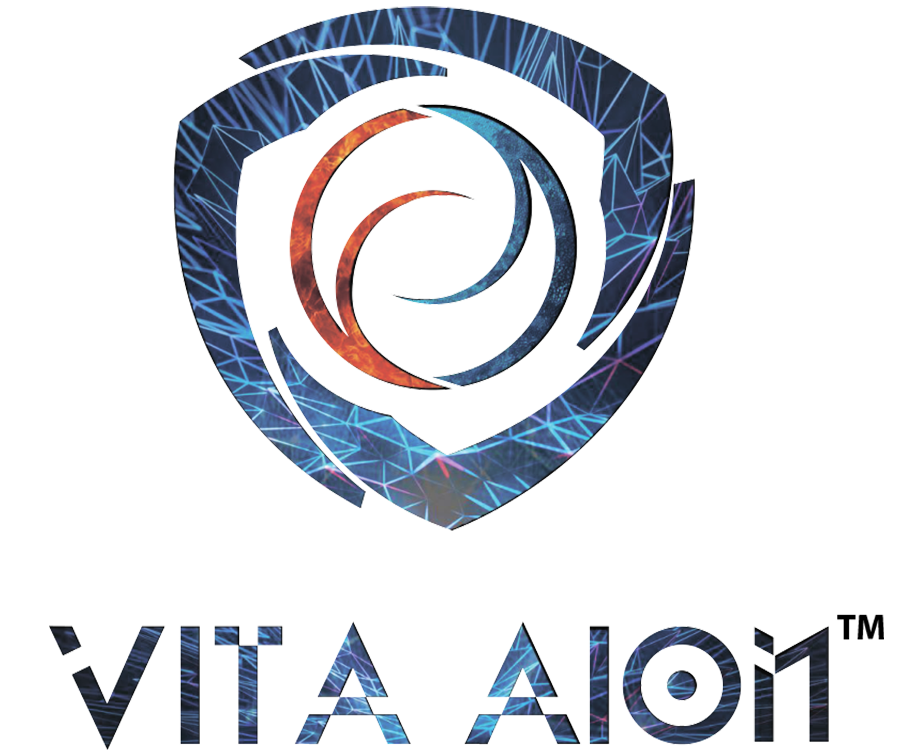
What are Negative & Positive Ions & How are they Formed?

Ions are all around you right now and, whether you are aware of them or not, there is a good chance they are affecting the way you feel and quite possibly your health as well.
So what is an ion? An ion is a molecule that has lost or gained an electron through various atmospheric forces or environmental influences.
There are both positive and negative ions but, as we shall see, the definitions of ‘positive’ and ‘negative’ are misleading in terms of their health effects.
What Are Positive Ions?
A simple definition of a positive ion is an electrically charged atom, or group of atoms, formed by the loss of one or more electrons. The number of protons does not change but the reduction in electrons gives the atom a positive charge.
Positive ions in the air are usually carbon dioxide molecules that have been stripped of an electron. Also known as positively charged ions or cations, they have been demonstrated to have a negative effect on your body when you are exposed to them in excess.
This is particularly the case with your lungs and respiratory tract but your immune system can also be affected. This is because positive ions are so small they are absorbed directly into your bloodstream from the air you breathe.
How Are Positive Ions Formed?
An excess of positively charged ions in your environment can contribute to tiredness and a lack of energy, tension, anxiety and irritability. Positive ions in the air have even been investigated as a contributing factor for asthma, allergies, migraines and depression.
In nature, positive ions are commonly formed by strong winds, dust, humidity and pollution and are at their highest levels just before an electrical storm. This has been hypothesized as why so many people feel so uneasy before a storm and why respiratory problems are commonly reported at this time as well.
If you’ve ever spent a lot of time walking beside a busy road or inside a laundromat you will have experienced the tiring effects of a highly positively charged environment. Unfortunately, our modern-day homes and workplaces have also become chronic generators of potentially harmful positive ions.
Office air-conditioning systems, fluorescent lights, cell phones and electrical and computer equipment are all potent positive ion generators, with printers and photocopiers being especially bad.
In your home, fluorescent lighting and electrical equipment such as televisions, microwave ovens and clothes dryers are big outputers of positive ions, as are the fibers in carpets, curtains and upholstery. Air conditioners, fan heaters and hair dryers are a particularly strong sources of positively charged ions as well.
Worse still, as most homes are often well sealed from the air outside, there’s little chance for fresh air and its negative ions coming in with high enough levels to counteract this positive ion pollution.
Additionally, unless you live in the country, opening your window may not be that beneficial anyway. Large towns and city environments generally have far more positive ions and far less negative ions in the air when compared to country environments.

What Are Negative Ions?
The definition of a negative ion is an electrically charged atom, or cluster of atoms, formed by gaining one or more electrons. The number of protons in the atom does not change but the extra electrons gives it a negative charge.
Negatively charged ions, also known scientifically as anions, are the opposite of positive ions and they have directly the opposite effect on your health, mood and energy levels when you are exposed to them.
Negative ions in the air have a strong negative charge. Due to this nature, they are statically attracted to airborne particles like dust, mold spores, pet dander and other floating pollutants and potential allergens.
By attaching to these pollutants and allergens they give them a negative charge and, rather than drifting in the air, they are grounded and fall to the floor or nearest surface.
Even bacteria and viruses circling in the air of your home can be cleared by negatively charged ions attaching to them and removing them from the air your breathe.
How Are Negative Ions Formed?
In nature negative ions are found in abundance, particularly in forests, at the beach and most intensely near waterfalls, where the crashing water is a natural ion generator. This is a good part of the reason why you usually feel so great in these places and find it difficult to be tired or depressed.
The most powerful demonstration of the energizing and refreshing effects of negatively charged ions can be tasted in the air after a thunderstorm, which is saturated with beneficial anions. What if you could bring this kind of purified air into your home every day?
You can with a powerful negative ionizer like one of these highly recommended models. These are special negative ion generating devices that utilize the way lightning is generated on a much smaller scale.
Using them can help swing the balance of positive and negative ions in your home or office back towards a more health promoting ratio. Many people are surprised by just how good they feel with more negatively charged ions vs positively charged ions circulating in their living space.
There’s more on what negative and positive ions are, how they affect your mood and energy levels and the many negative ions benefits for your health here, as well as how negative ion generators work to make such a difference to the air you breathe.
Some people are also interested in Himalayan salt lamps, whether they can help counteract positive ions and if they do really generate negative ions. Learn more about natural salt lamps and their health benefits here.
I hope this page has helped to clear up the difference between positively charged ions and negatively charged ions and why it’s beneficial to have less positive ions and much more negative ions where you work and live.
A simple and inexpensive way to counteract damaging positive ions and purify the air you breathe wherever you are is with one of these personal air purifiers you can wear. They bring healthy negative ions into even the most positive ion polluted places






